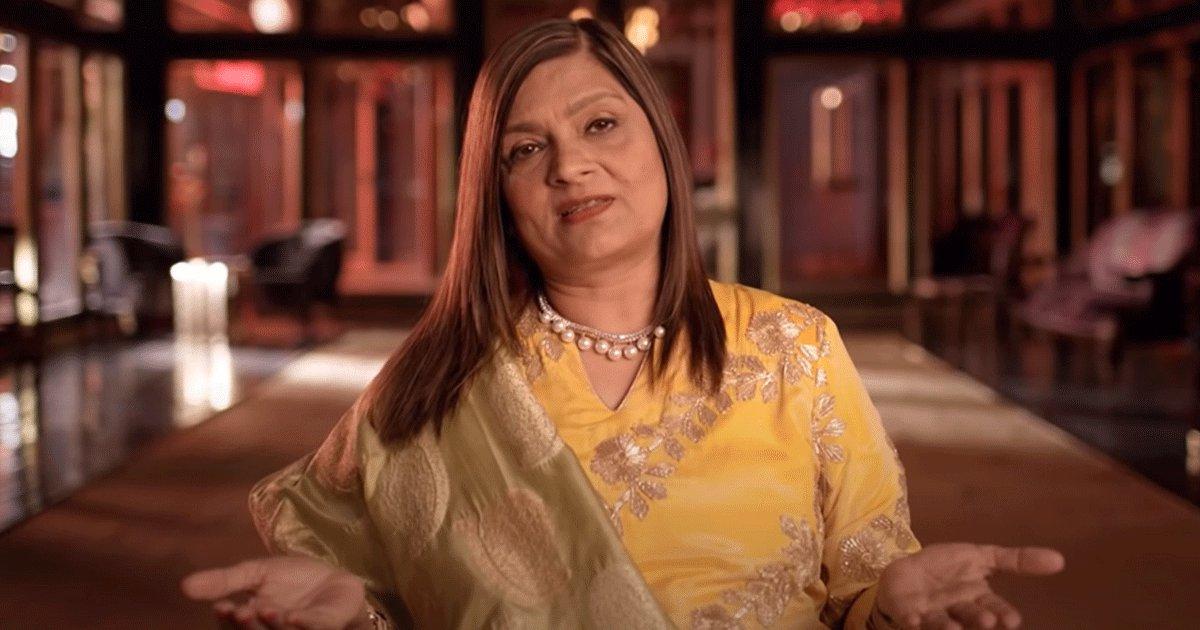From black to green to ginger-infused, for us Indians tea is not just a beverage, its a way of life.
However, even though this beverage is associate with India, tea was introduced to us by the British who were trying to overthrow China’s monopoly on tea. They started experimenting with tea when a native variety of Camellia sinensis plant was discovered by Scotsman Robert Bruce in 1823 in Assam.

By the 1830’s it was found out that the plant flourished in Assam and Bengal. After many trial and errors, finally, the first British-led commercial tea plantation in India was established in 1837 in Chabua in Upper Assam.

By 1903, India had grown into a massive tea market and the Tea Cess Committee was formed then. India was being marketed well by the British to villages and middle-class people.
However, after India got Independence, tea companies started marketing the product as desi. Indians took over all the tea brands and used their own technology to accommodate the beverage with the Indian palette.

Crush, tear, curl (CTC) tea garnered popularity during this time. It was a method of processing black tea in which the leaves were passed through a series of cylindrical rollers with hundreds of sharp teeth that crush, tear, and curl the tea into small, hard pellets. This offered a stronger flavour to the everyday beverage.

This kind of tea used broken leaves or dust or fanning as opposed to whole leaves. It got easier to use this dust with external flavouring agents like milk and sugar and spices which gave tea a whole new flavour.
The origin of our favourite Masala Chai was introduced with the help of CTC which also made tea cheaper.
So, if you love your daily hot cup of ea, you’ve got to thank those years and years experimenting that took to help you get one.
Also Read: New Innovative Ideas for Daily Life


































